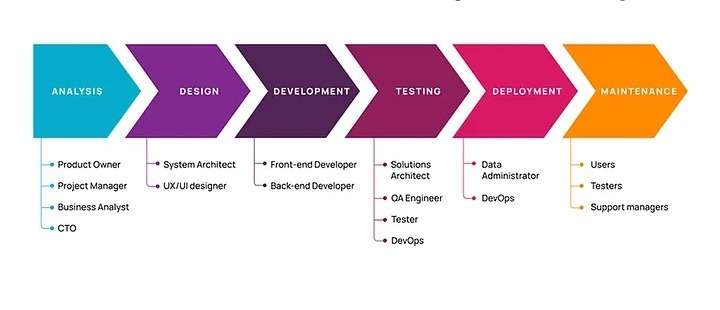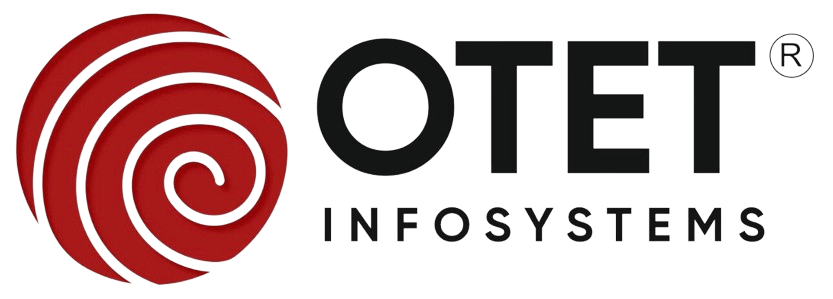At OTET Infosystems, the Software Development Life Cycle (SDLC) is a cornerstone of our approach to software development. This structured methodology ensures that our projects are delivered on time, within budget, and meet the highest quality standards. Here’s why the SDLC is crucial for successful software development projects.
1. Provides a Clear Project Structure
Phased Approach:
The SDLC breaks down the complex process of software development into manageable phases. Each phase has specific goals and deliverables, providing a clear roadmap from project inception to completion.
Defined Roles and Responsibilities:
It clarifies roles and responsibilities for all team members, ensuring that everyone knows their tasks and how they contribute to the project’s success.
2. Enhances Project Planning and Management
Resource Allocation:
The SDLC helps in accurately estimating resources, including time, budget, and personnel, which leads to better resource allocation and utilization.
Timeline Management:
With defined phases and milestones, project managers can create realistic timelines, track progress, and ensure timely delivery.
3. Improves Quality and Reliability
Systematic Testing:
The SDLC incorporates multiple levels of testing, from unit testing to user acceptance testing, ensuring that the software is thoroughly vetted for bugs and issues.
Continuous Feedback:
Regular feedback loops during different phases help in identifying and addressing issues early, improving the overall quality and reliability of the software.
4. Facilitates Better Risk Management
Risk Identification and Mitigation:
By planning and analyzing each phase, potential risks are identified early. This allows the team to develop mitigation strategies, reducing the impact of risks on the project.
Predictability:
A well-structured SDLC provides predictability in terms of project outcomes, helping manage client expectations and ensuring smoother project execution.
5. Ensures Stakeholder Involvement
Requirement Gathering:
The initial phases of the SDLC involve detailed requirement gathering and analysis, ensuring that all stakeholder needs are understood and documented.
Client Feedback:
Regular updates and iterative builds allow for continuous client feedback, ensuring the final product aligns with their vision and requirements.
6. Promotes Efficient Documentation and Communication
Comprehensive Documentation:
Each phase of the SDLC requires thorough documentation, which serves as a valuable reference throughout the project and for future maintenance.
Clear Communication:
With defined phases and deliverables, communication between team members and with clients is clearer and more effective, reducing misunderstandings and ensuring everyone is on the same page.
7. Facilitates Maintenance and Support
Structured Maintenance:
Post-deployment, the SDLC framework makes it easier to manage and maintain the software. Well-documented code and design make troubleshooting and updates more efficient.
Ongoing Enhancements:
The SDLC includes phases for continuous improvement, allowing for regular updates and the addition of new features based on user feedback and changing requirements.
Conclusion
The Software Development Life Cycle is essential for successful software development projects. At OTET Infosystems, adhering to the SDLC ensures that we deliver high-quality, reliable, and scalable software solutions that meet our clients’ needs. The structured approach not only enhances project management and quality but also fosters better communication, risk management, and stakeholder satisfaction. By following the SDLC, we are committed to delivering exceptional software that drives success for our clients.





